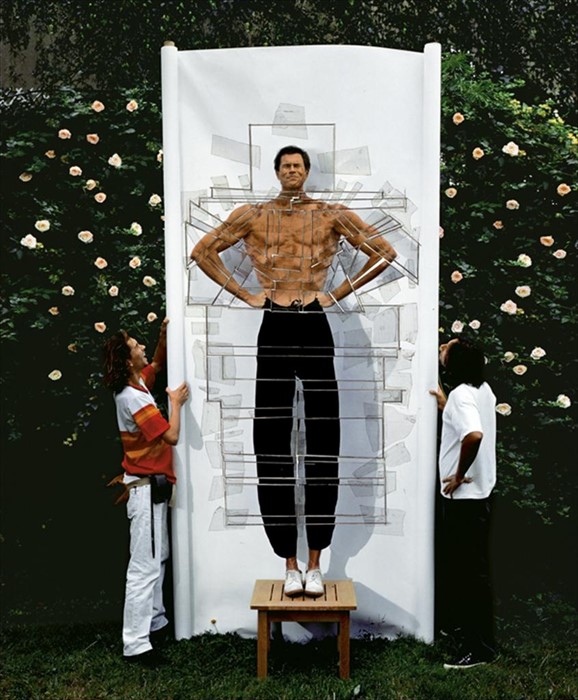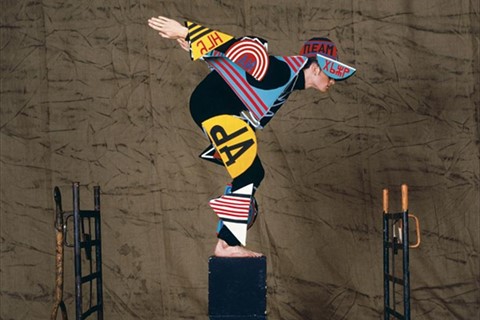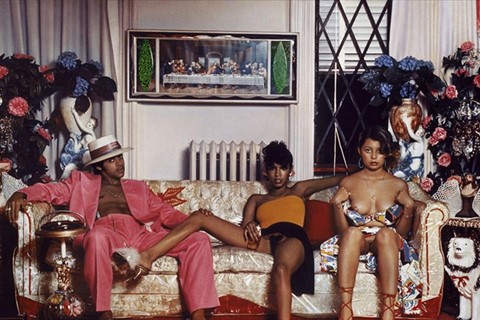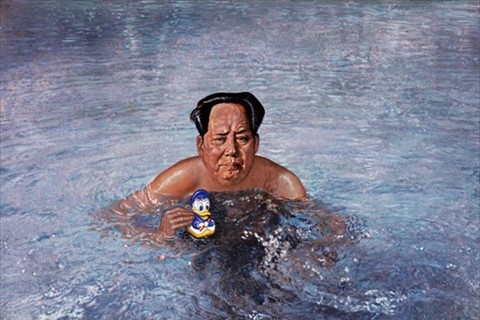A new exhibition celebrates the extraordinary career of the multidisciplinary artist and creator of some of fashion's most memorable images
“Photomontage has always existed,” explains the French image-maker Jean-Paul Goude. “Changing a little gesture in a photograph or changing the order of how people are standing. Avedon did that. He did a lot of doctoring of photographs, but he never told anybody. He didn’t have to. I tell everybody because I want to be noticed. I’m like a magician showing how I do the tricks.”
Yet despite Goude’s eagerness for people to understand the inner workings of his pieces, the multi-disciplined artist who created some of the most memorable fashion images of the last century has, to this day, held only one exhibition, which took place over 20 years ago. Fortunately, the Museum of Decorative Arts in Paris is compensating us with a generous retrospective of his work in the exhibition, Goudemalion.
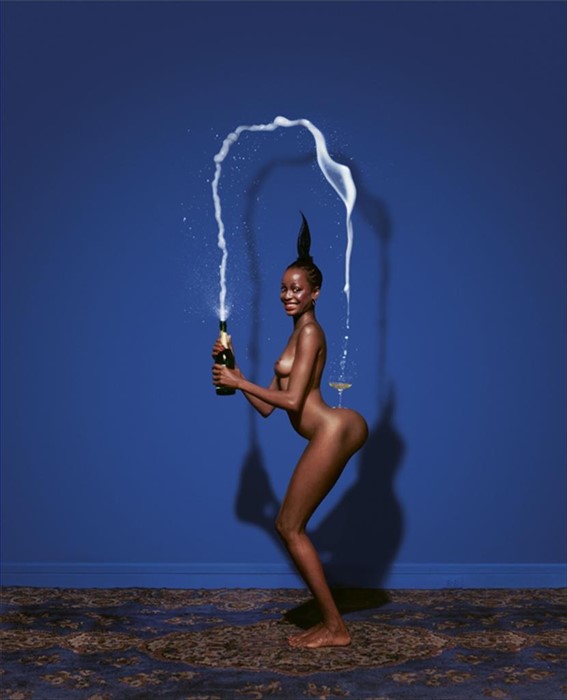
Cultivating a career spanning four decades, Goude’s portfolio encompassed everything: from illustration and photography, to films, videos, and live events. Born in 1940 in Saint-Mandé, France, Jean-Paul Goude began his artistic career as an illustrator for Marie Claire, Dim and the department store, Le Printemps. Captivated by the idea of using “publicity as a means of expression” after reading a copy of Esquire, Goude sent his illustrations to the editor, Harold Hayes, who invited the artist to New York, eventually appointing him as art editor. It was at this point, during the 60s, that Goude began experimenting with photography; and with an appreciation for ethnic cultures, instilled in him by his dancer mother, he photographed the Afro-American and Hispanic communities in 1976 for his debut book, Jungle Fever.
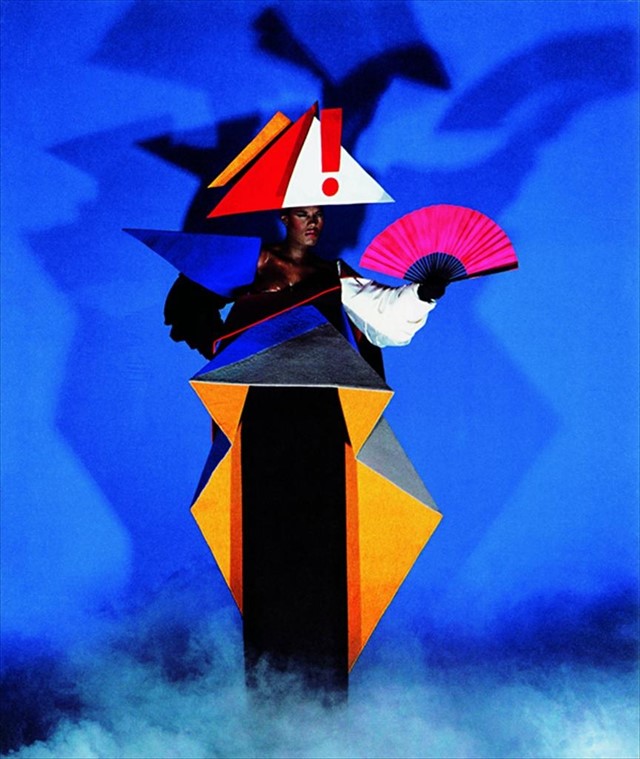
Around this time he met Grace Jones with whom he had a son. After the breakdown of their relationship, Goude took the opportunity to return to France where he found himself in advertising, directing some of the most inspiring adverts of the 80s and 90s, including the brilliant 1990 Egoiste advert for Chanel. Another of his career highlights took place in 1989, when the then Minister of Culture requested that Goude organised the parade for the Bicentenary of the French Revolution. He famously turned the conventional military march into a fairytale. “I wanted to parade those who never parade, to play with codes and clichés whilst undermining them. The central theme was the rights of man, ethnic multiplicity and social mix – this was the heyday of multiracial Utopia.”
Though the latter half of Goude’s career may have produced some of his more memorable works, it was during the early period that he laid the groundwork, coining the term, “The French Correction.” A technique concerned with glorifying and ‘perfecting’ the body, it is the key principle behind his work. “The main point is that Grace couldn’t do it,” the artist once said, referring to the image of Jones standing on one leg, the other in the air, arm outstretched behind her touching the tip of her toes. “And that’s the basis of my entire work: creating a credible illusion.”
Goudmalion, A Retrospective of the Life and Work of Jean-Paul Goude is showing at Les Arts Décoratifs until March 18 2012.
